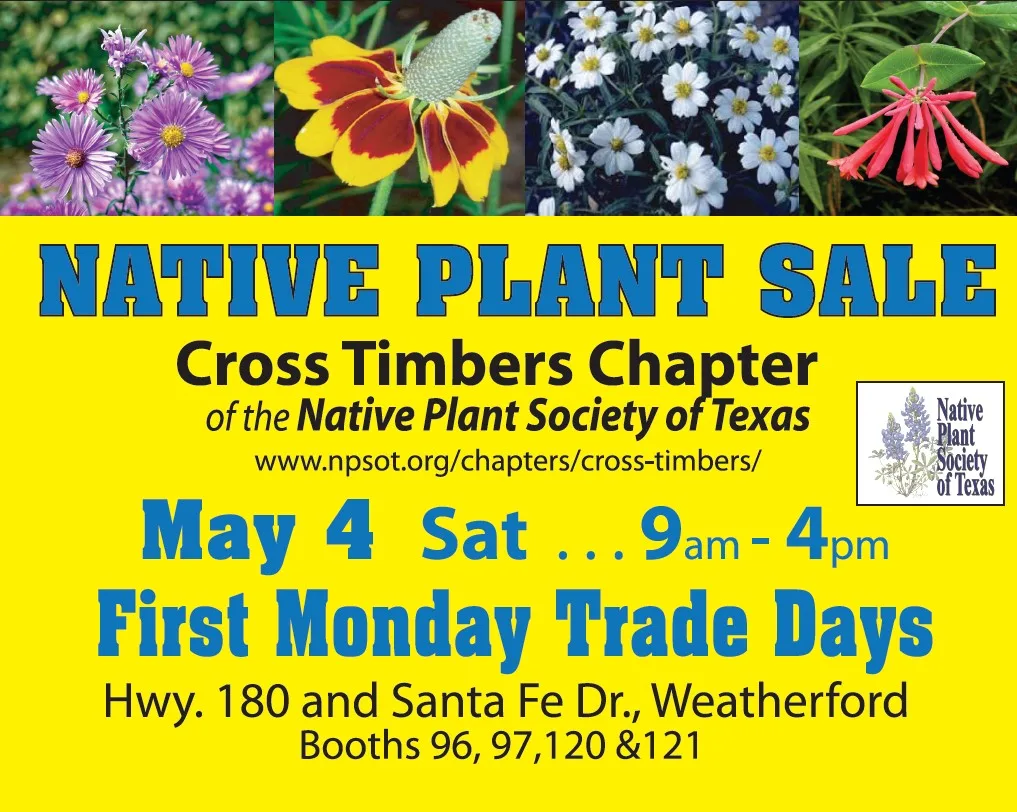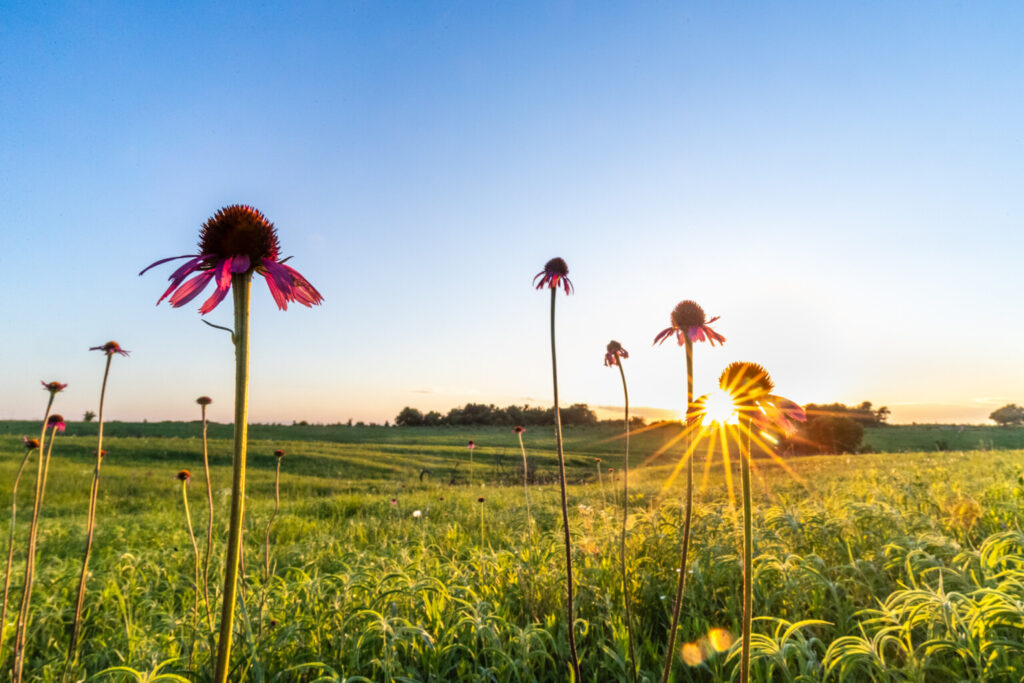October 22 @ 6:00 pm – 8:00 pm
Bring a Native Plant — from your yard, the side of the road, or purchased from a nursery! At this meeting, plants will be swapped and stories will be told.
Fall is the digging/transplanting season. Our October meeting will be the Plant Swap. That’s the game in which each member brings a native plant to give away and then takes a turn claiming a plant donated by someone else. It’s a lot of fun and a good way to learn.
Usually members bring plants from their yards — surpluses, favorites to share, ones that need new homes. Or you can bring a native you have bought from a nursery. The only rule is that it must be a Texas native. If you plan to dig from the yard, plan to pot it 2-3 weeks before the meeting so the transplant has time to acclimatize in a pot before the meeting. If you run short of time or plans change at the last minute, don’t let that keep you away from the meeting. We’ll have extra plants on hand so everyone gets to join in the fun. Friends and guests are always welcome.
Meeting Details:
Most members bring a 1 gallon or larger pot with a native plant. Print out a sheet with information on it’s ideal conditions — sun or shade; soil pH; water needs; soil drainage. If you have a story or love affair with the plant, please consider sharing it. This event is always fun and educational!
Location: Mount Pleasant Historical School, 213 Raymond George Way, Weatherford, Texas.
- 6:00 p.m. Chapter Business Meeting and Update on Native Plant Sale
- 6:30 p.m. Native plant swap




